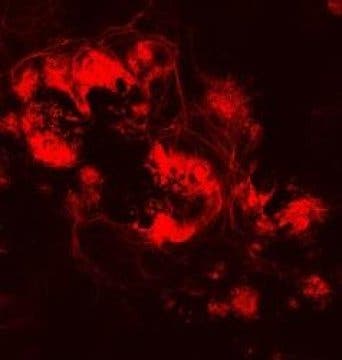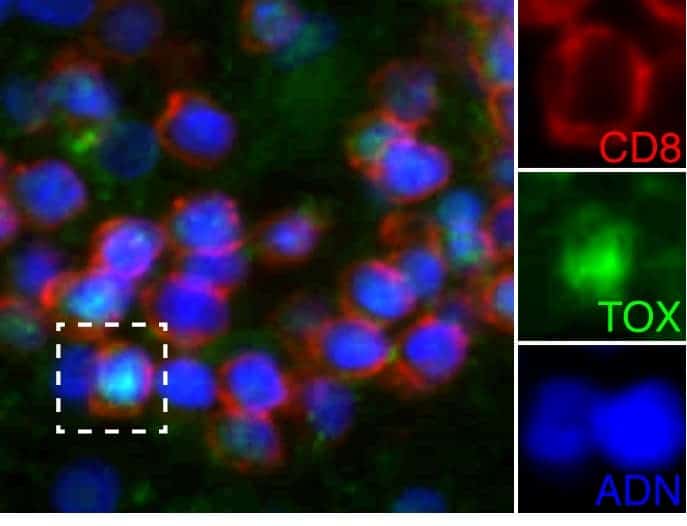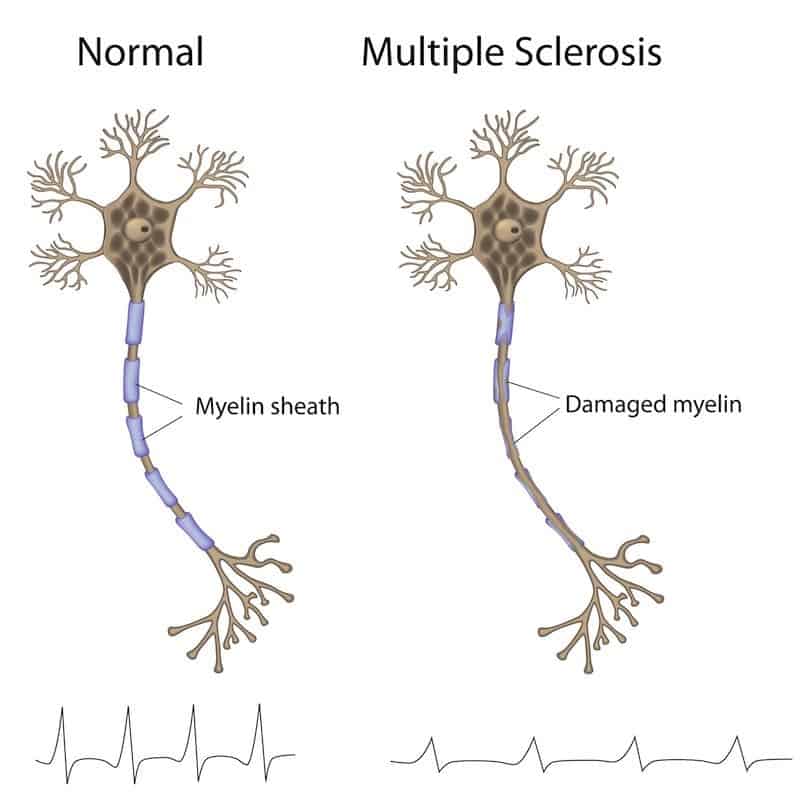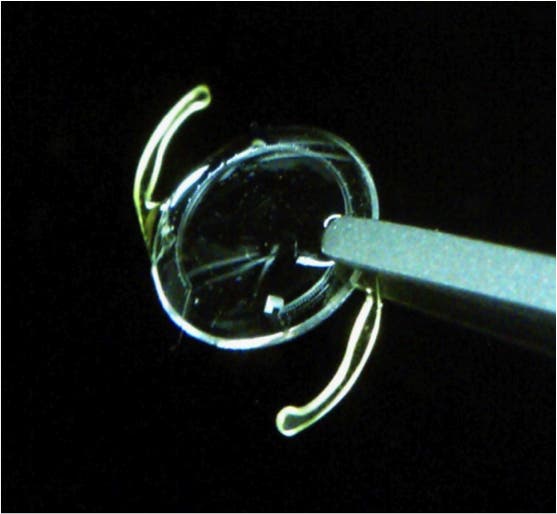Johns Hopkins researchers have discovered a method that allows them to coax stem cells to morph into retinal ganglion cells. This type of nerve cells reside in the retina and transmit visual input from the eyes to the brain. If these cells become damaged or die vision-loss conditions develop, such as glaucoma or multiple sclerosis.

Image via sciencedaily
“Our work could lead not only to a better understanding of the biology of the optic nerve, but also to a cell-based human model that could be used to discover drugs that stop or treat blinding conditions,” says Donald Zack, M.D., Ph.D., the Guerrieri Family Professor of Ophthalmology at the Johns Hopkins University School of Medicine and lead scientists of the study.
“And, eventually it could lead to the development of cell transplant therapies that restore vision in patients with glaucoma and MS.”
By using a genome editing tool called CRISPR-Cas9, the team grafted a new gene in human embryonic stem cells’ DNA. The gene determined the production of a fluorescent-red protein but would only express when another gene, BRN3B (POU4F2), also became active. Since BRN3B becomes active in mature retinal ganglion cells, once stem cells differentiated to this type they would glow bright red.
“By the 30th day of culture, there were obvious clumps of fluorescent cells visible under the microscope,” says lead author Valentin Sluch, Ph.D., a former student at Johns Hopkins and postdoctoral scholar at Novartis, a pharmaceutical company.
After picking them out under a microscope scientists employed a technique named fluorescence-activated cell sorting to separate the newly formed ganglion cells from the rest if the material. This left the team with a highly purified population of cells that showed the same biological and physical properties as retinal ganglion cells naturally produced by the body, Zack says.
“I was very excited when it first worked,” Sluch says. “I just jumped up from the microscope and ran [to get a colleague]. It seems we can now isolate the cells and study them in a pure culture, which is something that wasn’t possible before.”
Zack is now working with Peter Calabresi, M.D., professor of neurology and director of the Johns Hopkins Multiple Sclerosis Center to develop new treatments for glaucoma and MS based on this new technology.
“We really see this as just the beginning,” adds Zack. In follow-up studies using CRISPR, his lab is looking to find other genes that are important for ganglion cell survival and function. “We hope that these cells can eventually lead to new treatments for glaucoma and other forms of optic nerve disease.”
To use these cells to develop new treatments for MS, Zack is working with Peter Calabresi, M.D., professor of neurology and director of the Johns Hopkins Multiple Sclerosis Center.
The team also found that adding forskolin (a chemical that occurs naturally in plants) to the culture helped improve the cells’ odds of becoming retinal ganglion cells. They do caution that forskolin is not scientifically proven safe or effective for treatment or prevention of blindness or any other disorder however.
The full paper is available online in the journal Nature.





